Healthcare IT SOlutions
Empowering Healthcare Providers with Advanced IT Solutions
Navigate the Digital Age with Confidence.
At Hawaii Tech Support, we specialize in providing comprehensive IT help tailored to the unique needs of the Healthcare Industry.
Understanding the critical importance of privacy, compliance, and efficient operations, we deliver personalized technology services designed to improve your practice and ensure your IT facilitates, rather than impedes, the delivery of care.
Our Services
IT Support
24/7 Support & Monitoring
Experience peace of mind with our 24/7 support and monitoring.
Infrastructure Development and Maintenance
Building the backbone for secure, efficient healthcare operations.
EMR Setup/Implementation
Streamlining patient information management with Electronic Medical Records.
Security Services
HIPAA/HITECH Compliance
Ensuring your technology adheres to strict privacy policies and mandated guidelines.
Data Recovery
Building the backbone for secure, efficient healthcare operations.
Network Security
Protect your digital assets with robust network security measures.
IT Consulting
Training & Staff Support
Empower your staff with the knowledge to leverage IT solutions effectively.
Disaster Recovery Planning
Prepare for unforeseen circumstances with a solid disaster recovery plan
IT Roadmap Development
Plan for future IT needs with a customized technology roadmap.
HEar from our Satisfied Clients
Benefits to your Healthcare Practice
Partnering with Hawaii Tech Support means your healthcare business gains a trusted ally in navigating HIPAA and HITECH compliance, enhancing operational efficiency, and protecting patient information.
Our expertise in IT security and compliance, along with our dedication to implementing cutting-edge solutions, ensures your practice can embrace digital advancements without adding overhead or compromising on privacy.

